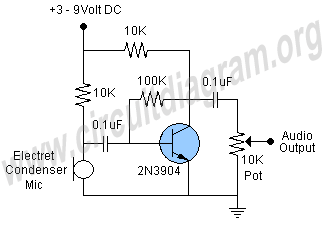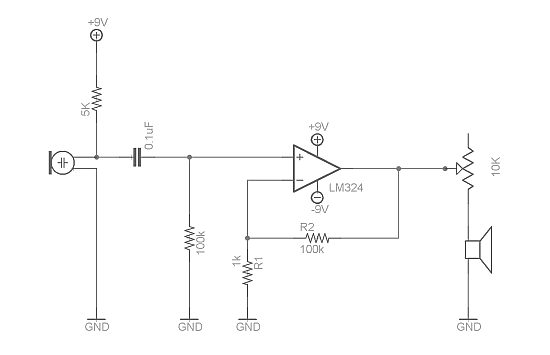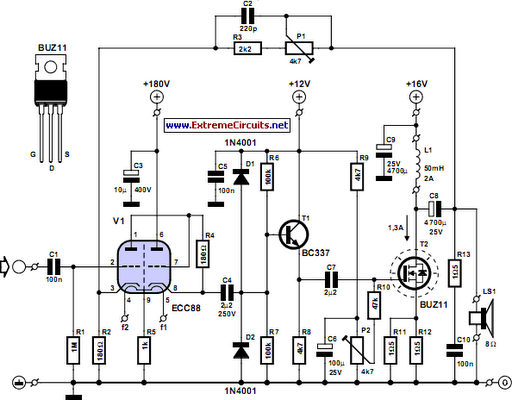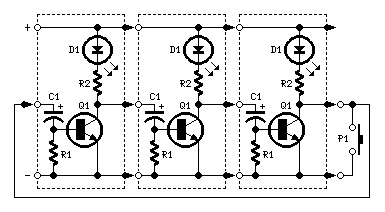
adjusting Williamson amp
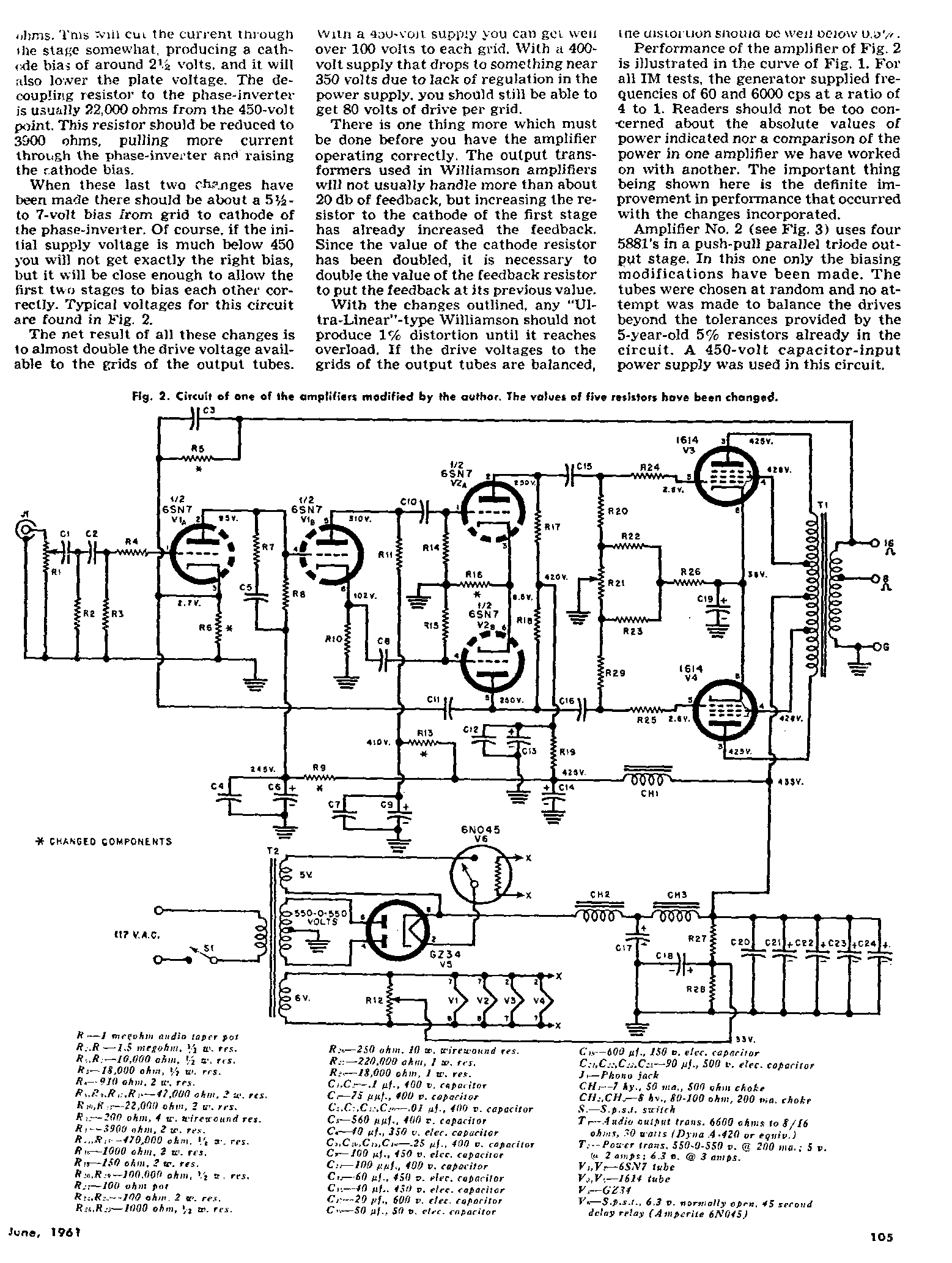
The original claim indicated that a pentode-connected version is not optimal. However, it was stated that the Mullard 5-10 is not considered optimal.
The discussion revolves around the performance evaluation of different amplifier configurations, particularly focusing on the pentode connection and the Mullard 5-10 circuit. The Mullard 5-10 is a well-known audio amplifier design that utilizes a push-pull configuration with a pair of EL84 output tubes in a class AB operation. This design is often praised for its warm sound and efficient power output, but it may not deliver the highest fidelity compared to other configurations.
In a pentode-connected amplifier, the pentode tube offers higher gain and better linearity compared to a triode. However, the trade-off can include increased distortion levels and a more complex feedback network to maintain sound quality. The Mullard 5-10, while not optimal in every aspect, provides a balanced performance that appeals to many audio enthusiasts.
To analyze the circuit, it is essential to consider the input stage, which typically consists of a low-noise transistor or a triode, followed by a phase splitter that drives the output stage. The output stage, featuring the EL84 tubes, is coupled to the speaker through output transformers, which are crucial for impedance matching and ensuring efficient power transfer. The feedback loop in the Mullard design is implemented to reduce distortion and stabilize the gain, which is a critical aspect of achieving desired sound characteristics.
In summary, while the pentode connection may offer specific advantages in terms of gain and linearity, the Mullard 5-10 circuit design presents a well-rounded approach to audio amplification that balances performance with practicality, making it a popular choice among audiophiles.Originally Posted by artosalo My original claim was that pentode connected version is not optimum. NO! You wrote the Mullard 5-10 is not optimum. If.. 🔗 External reference
The discussion revolves around the performance evaluation of different amplifier configurations, particularly focusing on the pentode connection and the Mullard 5-10 circuit. The Mullard 5-10 is a well-known audio amplifier design that utilizes a push-pull configuration with a pair of EL84 output tubes in a class AB operation. This design is often praised for its warm sound and efficient power output, but it may not deliver the highest fidelity compared to other configurations.
In a pentode-connected amplifier, the pentode tube offers higher gain and better linearity compared to a triode. However, the trade-off can include increased distortion levels and a more complex feedback network to maintain sound quality. The Mullard 5-10, while not optimal in every aspect, provides a balanced performance that appeals to many audio enthusiasts.
To analyze the circuit, it is essential to consider the input stage, which typically consists of a low-noise transistor or a triode, followed by a phase splitter that drives the output stage. The output stage, featuring the EL84 tubes, is coupled to the speaker through output transformers, which are crucial for impedance matching and ensuring efficient power transfer. The feedback loop in the Mullard design is implemented to reduce distortion and stabilize the gain, which is a critical aspect of achieving desired sound characteristics.
In summary, while the pentode connection may offer specific advantages in terms of gain and linearity, the Mullard 5-10 circuit design presents a well-rounded approach to audio amplification that balances performance with practicality, making it a popular choice among audiophiles.Originally Posted by artosalo My original claim was that pentode connected version is not optimum. NO! You wrote the Mullard 5-10 is not optimum. If.. 🔗 External reference
